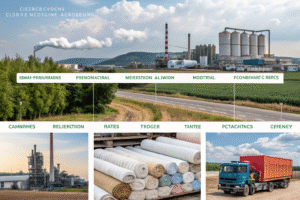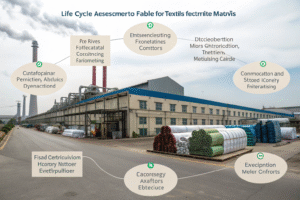Managing fabric inventory across borders is not for the faint of heart. From delayed shipments to stock mismatches and customs bottlenecks, global warehouse operations can quickly turn chaotic. Whether you’re supplying apparel manufacturers, home goods retailers, or running your own D2C fabric line, poor inventory management can cripple your margins.
A streamlined fabric inventory system allows you to balance supply and demand, reduce dead stock, and improve fulfillment speed across global markets.
At Fumao Fabric, we’ve helped fashion brands and wholesalers control inventory across U.S., EU, and Southeast Asia warehouses. In this guide, I’ll break down best practices using real-world textile logistics experience.
Why Centralized Inventory Visibility Is Non-Negotiable?
If you operate without real-time inventory tracking, you're flying blind. A centralized view lets you make data-driven decisions—like when to shift stock from EU to U.S. or replenish dye-lot–sensitive items in advance.
Without centralized visibility, stockouts, overstocks, and order delays are inevitable—especially when managing overseas warehouses.
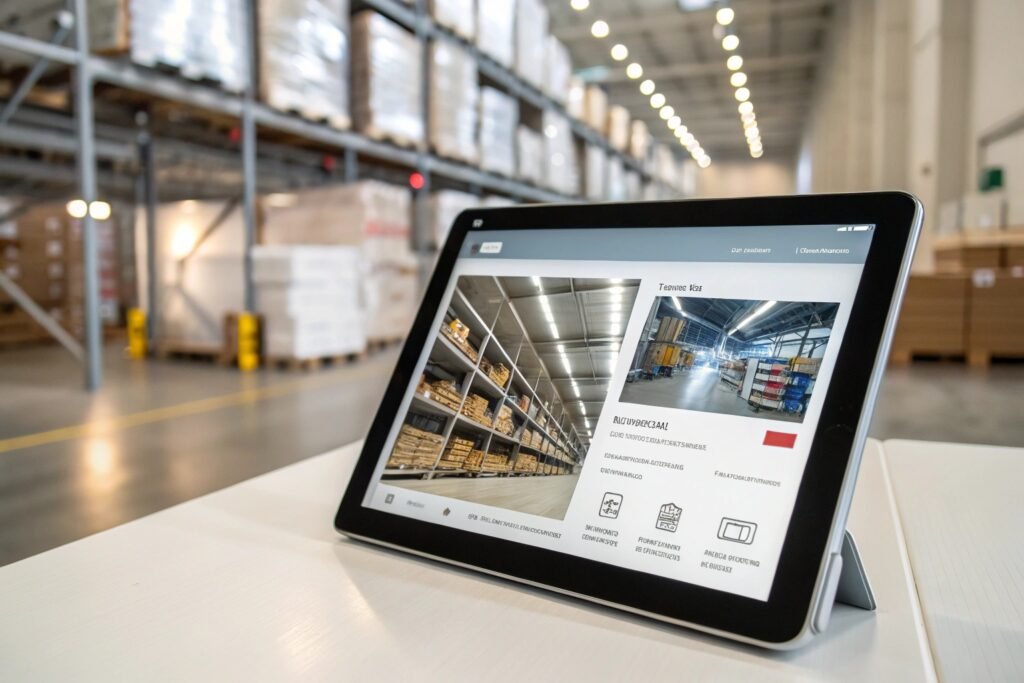
What Tools Offer Global Stock Transparency?
Inventory Management Systems (IMS) like NetSuite, TradeGecko (QuickBooks Commerce), and Cin7 offer multi-warehouse tracking, barcode integration, and sales forecasts by region.
We often integrate custom dashboards using our own ERP that pulls from RFID-tagged rolls and QR-based data sheets. It allows clients to monitor:
- Fabric yardage by SKU
- Dye lot consistency by region
- Storage cost impact over time
How Does API Integration Help?
Integrating IMS with WMS (Warehouse Management Systems) and eCommerce platforms like Shopify or WooCommerce ensures fabric SKUs sync instantly—avoiding overselling or missed restock alerts.
According to Logiwa WMS, such integrations reduce warehouse fulfillment errors by up to 38%.
How to Minimize Stockouts and Overstocks Across Borders?
Fabric sourcing is often seasonal. Over-order, and you’ll waste storage and capital. Under-order, and you miss market windows. The trick lies in smart forecasting and location-based stock planning.
Smart inventory balancing—based on demand forecasting and replenishment cycles—avoids lost sales and dead stock.
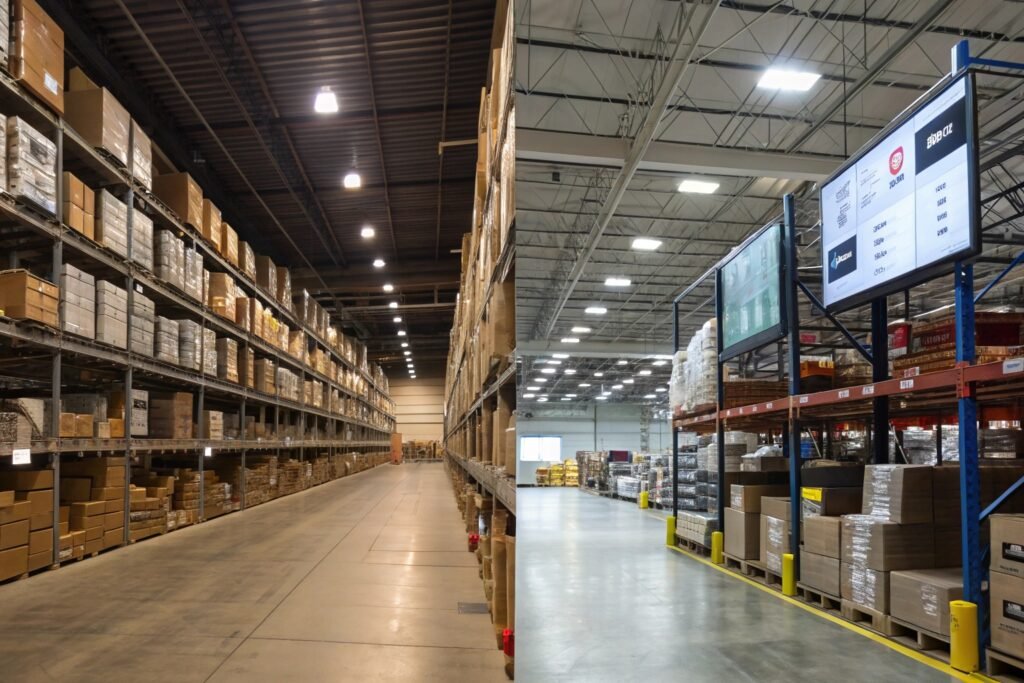
What Forecasting Methods Work Best?
Use:
- Historical sales + lead time + warehouse zone demand
- ABC Analysis to prioritize high-moving fabrics
- Safety stock modeling with variable buffers by location
For example, for a U.S. summerwear brand, we keep UV-resistant nylon fabric stocked in L.A. 2 months in advance while rotating stock monthly for Southeast Asian warehouses.
Tools like Forecast Pro and Brightpearl help automate reorder points.
How to Handle Excess Fabric in One Region?
Redistribute it via:
- Internal stock transfers
- Cross-border warehouse-to-warehouse shipping
- B2B resale partnerships
We’ve helped EU-based clients offload 1,200m of seasonal fleece to Vietnam manufacturers via bonded warehousing. Platforms like Flexport optimize such mid-tier B2B logistics.
How Can Barcoding and RFID Improve Accuracy?
Errors in fabric identification can cost thousands—especially when dye-lots or finishes differ slightly. A robust labeling system using barcodes or RFID ensures fast and precise picking and restocking.
RFID-based tagging of fabric rolls ensures SKU traceability across inbound, outbound, and transit stages.
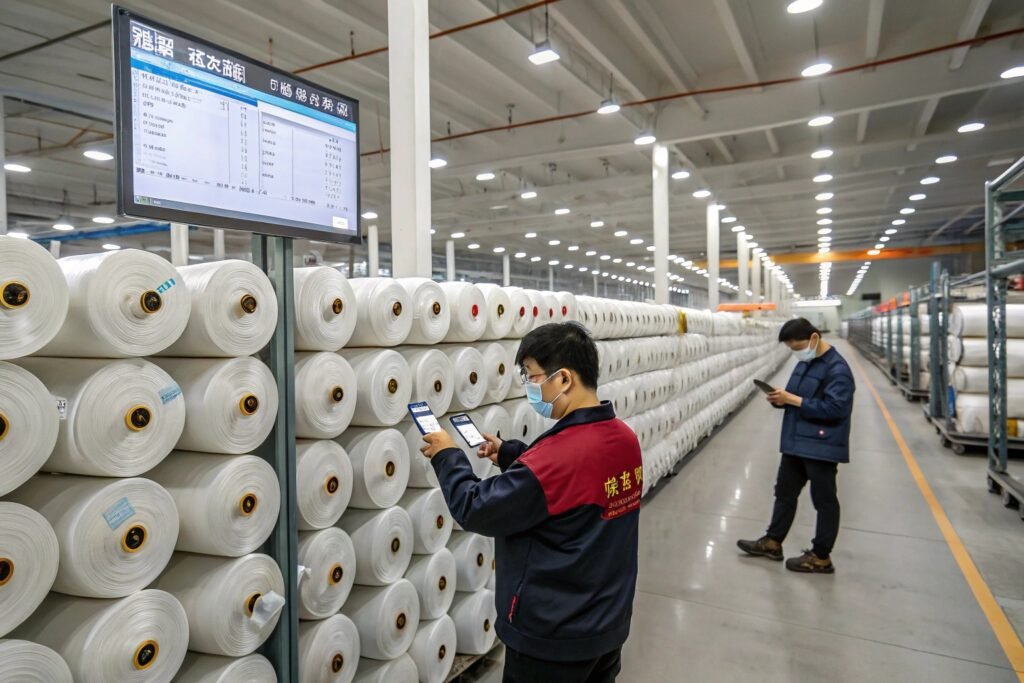
What’s the Difference Between Barcode and RFID?
| Technology | Cost per Tag | Read Method | Pros | Use Case |
|---|---|---|---|---|
| Barcode | $ | Line-of-sight | Cheap, standardized | Manual warehouses |
| RFID | $$ | No contact | Fast bulk scanning | Automated facilities |
At Fumao, we use QR-enhanced RFID tags that store:
- GSM, composition, batch number
- Color fastness reports
- Import/export license data
See Zebra Technologies for a breakdown of textile RFID solutions.
Can RFID Be Used in International Shipping?
Yes. RFID enables fabric roll tracking during sea, rail, and air transit, ensuring customs and 3PLs don’t mix up SKUs. Combined with GPS containers, this system reduces loss by up to 70%, according to Avery Dennison.
What Are the Best Practices for Cross-Border Inventory Transfers?
Sometimes your U.S. warehouse is overstocked, but your EU or Mideast distributor is dry. Rather than reorder from the factory, a strategic inter-warehouse transfer is faster and cheaper.
Transferring stock internationally requires customs optimization, batch control, and clear SKU matching between warehouse systems.
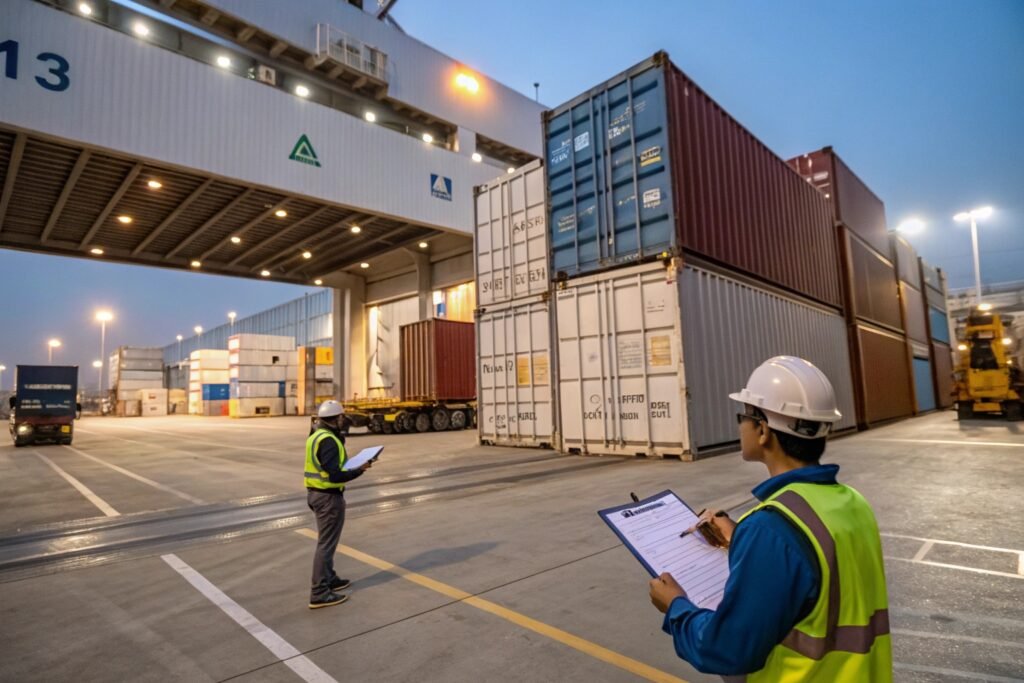
What’s Needed for a Smooth Fabric Transfer?
- Accurate HS Codes and customs declarations
- Warehouses using the same SKU formatting
- Digital packing list with fabric roll specs
- Real-time hand-off tracking between WMS
We’ve worked with clients using CartonCloud to streamline inter-warehouse transfers between Singapore and Rotterdam.
How to Avoid Compliance Delays?
Use:
- Bonded warehouses for duty-free transitions
- DDP shipping for importer-paid customs
- Pre-registered textile HS codes
We provide clients with pre-approved customs paperwork and offer multi-lingual export labels to align with both U.S. and EU regulation using references from U.S. CBP and EU TARIC.
Conclusion
Fabric inventory control isn’t just about counts—it’s about confidence. Managing stock across international warehouses requires more than spreadsheets. It needs centralized visibility, precise tracking, smart forecasting, and clear logistics workflows. At Fumao Fabric, we support brands in 100+ countries with RFID-enabled inventory, bonded warehouse coordination, and systemized exports. Whether you’re managing L.A. to Lisbon or Jakarta to Hamburg, we help you master the fabric flow.


